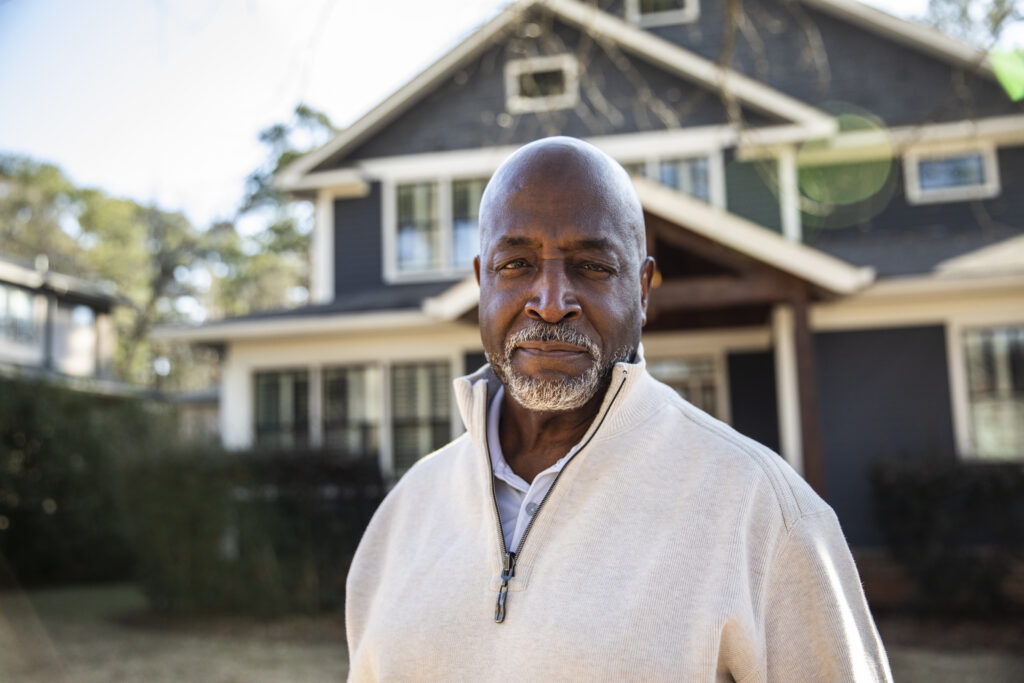Why Blacks Are Underrepresented In Clinical Trials – BlackDoctor.org


There has been a general distrust of the healthcare system among some Black Americans since the infamous Tuskegee Syphilis Study. On July 26, 1972, the New York Times reported on what it called the “longest-running non-therapeutic experiment on human beings in medical history.” Departing from their Hippocratic oath to “First, do no harm,” physicians from the U.S. Public Health Service allowed nearly 400 poor, Black sharecroppers with syphilis to go untreated for 40 years. These men from Macon County, Ala., were told they were being treated for “bad blood.” However, they were all actually part of the Tuskegee Syphilis Study, which was designed to study the progression of syphilis—a potentially fatal sexually transmitted disease.
Many health professionals and leaders in the Black community cite the Tuskegee Study as a factor contributing to low participation of Black Americans in routine preventive care, clinical trials and organ donation. However, we can be thankful that the Tuskegee Study did lead to a change for the better in how medical research is done.
How Can You Be Sure that a Clinical Trial Is Safe?
• An Institutional Review Board (IRB) must approve all studies involving human or animal subjects in advance. Complaints should be addressed to the director of the study or the institution’s IRB.
• IRBs are made up of physicians, ethicists, religious leaders and other community leaders, and are required to look at studies that are going to use human or animal subjects.
An IRB’s main responsibility is to protect the public from harm and look carefully at each study’s methods to make sure the research is performed in an ethical way.



